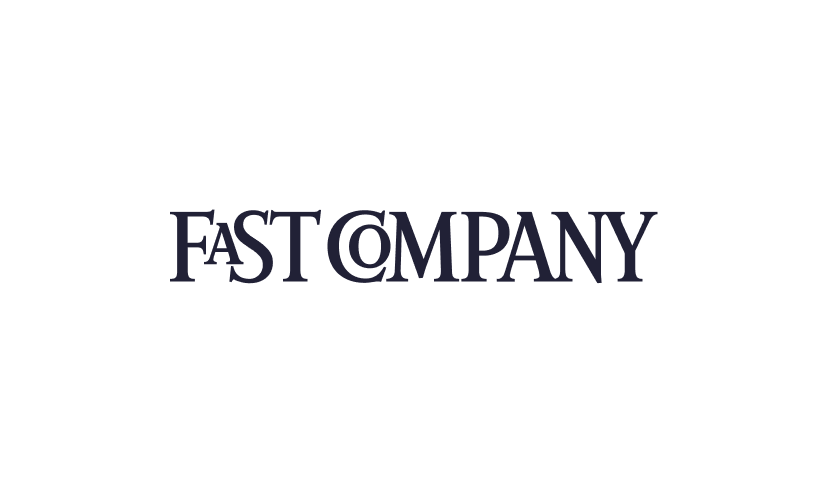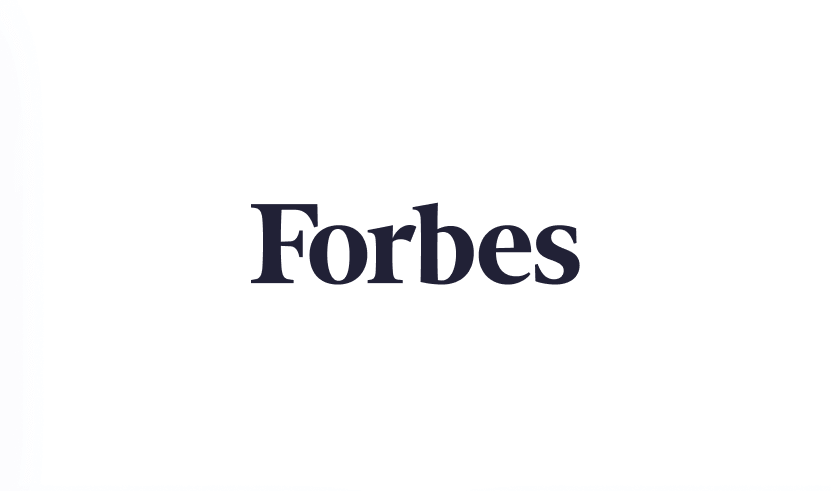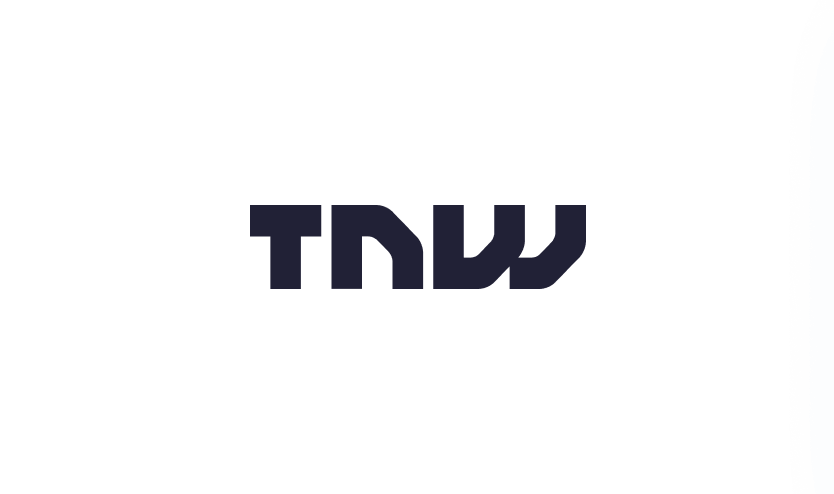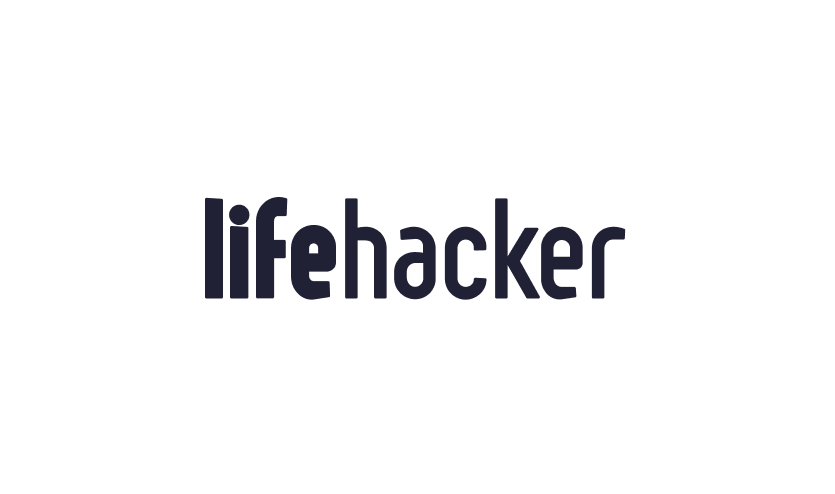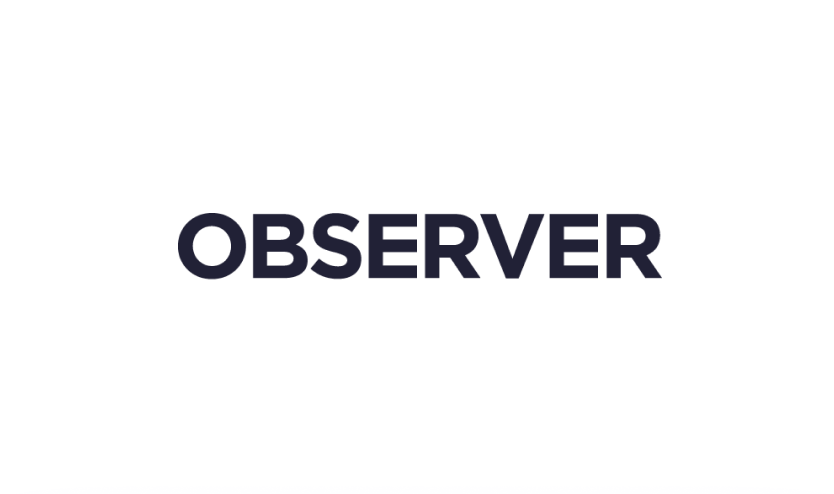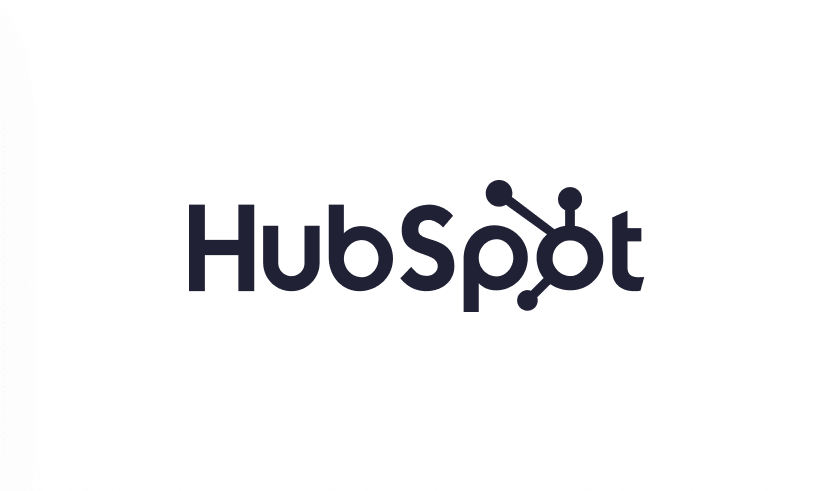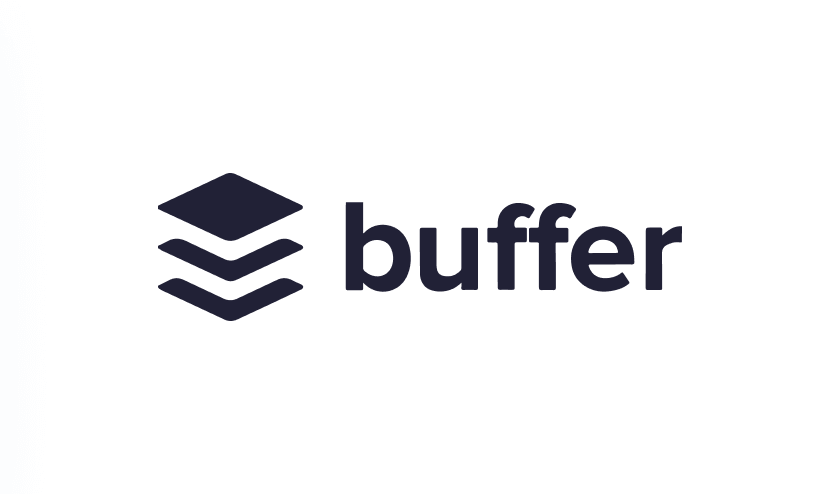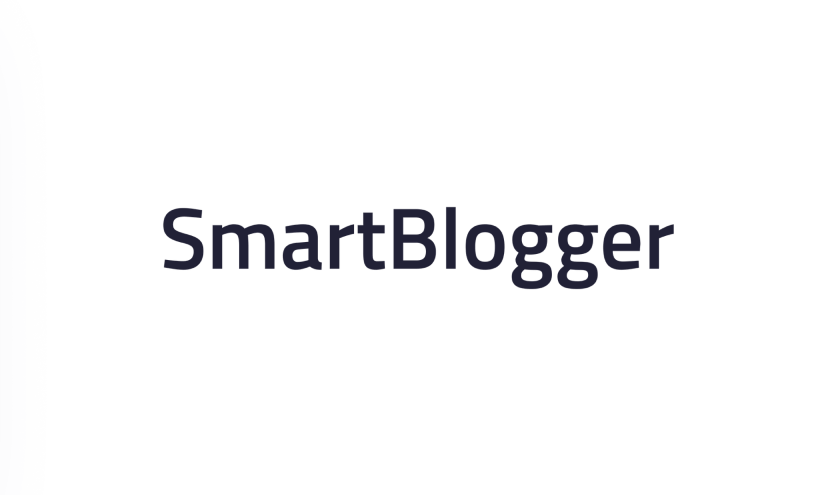Abandoned Cart Email Examples: 15+ High-Converting Templates That Recover Lost Sales
Abandoned carts cost eCommerce businesses over $260 billion in lost revenue annually. But here's the good news: a well-crafted abandoned cart email sequence can recover 10-30% of those lost sales, translating to millions in additional revenue for growing brands.
I'm Chase Dimond, and over my career managing $200+ million in eCommerce email campaigns, I've seen firsthand how powerful abandoned cart emails can be. The difference between a mediocre abandoned cart strategy and an exceptional one often comes down to execution, timing, and personalization.
In this comprehensive guide, I'll share 15+ abandoned cart email examples that actually convert, break down what makes them work, and show you how to implement these strategies in your own eCommerce business. Plus, I'll reveal how top brands use competitive intelligence tools like Inboox.ai to analyze competitor abandoned cart sequences and stay ahead of the curve.
What Are Abandoned Cart Emails?
Abandoned cart emails are automated messages sent to shoppers who add products to their online shopping cart but leave your website without completing their purchase. These emails serve as gentle reminders, addressing potential concerns and incentivizing customers to return and complete their transaction.
The average cart abandonment rate across all industries is 69.82%, according to the Baymard Institute. This means nearly 7 out of 10 potential customers are leaving without buying—representing a massive opportunity for recovery.
Why Abandoned Cart Emails Work
Abandoned cart emails are incredibly effective for several reasons:
High intent signals: Customers who added items to cart demonstrated clear purchase intent
Personalization opportunities: You know exactly what they were interested in
Low competition: Unlike promotional emails, you're often the only brand reaching out about their specific abandoned items
Time-sensitive nature: Creates urgency around items they've already shown interest in
Problem-solving angle: Addresses objections or concerns that prevented the initial purchase
Throughout my work with 7-figure, 8-figure, and 9-figure eCommerce brands, I've found that abandoned cart emails consistently generate 5-10x higher conversion rates than standard promotional campaigns.
The Anatomy of a High-Converting Abandoned Cart Email
Before diving into specific examples, let's break down the essential elements that make abandoned cart emails convert:
1. Compelling Subject Line
Your subject line needs to cut through inbox noise and create urgency. The best abandoned cart subject lines either:
Create curiosity ("Did you forget something?")
Establish urgency ("Your cart expires in 24 hours")
Offer value ("Your items + 15% off inside")
Use personalization ("John, your [product name] is waiting")
2. Clear Visual of Abandoned Items
Include high-quality product images that immediately remind customers what they left behind. Show the exact items, including:
Product name
Price
Quantity
Size/color/variant (if applicable)
Product image
3. Prominent Call-to-Action
Your CTA button should be impossible to miss. Use action-oriented language like:
"Complete My Purchase"
"Return to Cart"
"Checkout Now"
"Get My Order"
Avoid passive language like "Click Here" or "Continue Shopping."
4. Trust Signals and Urgency
Address common objections by including:
Free shipping thresholds
Money-back guarantees
Security badges
Customer reviews
Limited-time offers
Stock scarcity indicators
5. Strategic Incentives (When Appropriate)
Not every abandoned cart email needs a discount, but when used strategically, incentives can be powerful. I recommend:
Email 1: No discount—remind and create urgency
Email 2: Small incentive if needed (free shipping, 10% off)
Email 3: Stronger incentive or alternative product suggestions
15+ Abandoned Cart Email Examples That Convert
Let me walk you through the most effective abandoned cart email examples I've seen across thousands of campaigns. These templates have generated millions in recovered revenue.
Example 1: The Simple Reminder
Subject: You left something behind...
Why it works: Sometimes customers just need a simple reminder. This straightforward approach works best for the first email in your sequence (sent 1-3 hours after abandonment).
Email copy:
Hi [First Name],
We noticed you left some items in your cart. Good news—we saved them for you!
[Product Image]
[Product Name] - $[Price]
[Complete My Purchase Button]
Still deciding? Here's what other customers love about [Product Name]:
⭐⭐⭐⭐⭐ "[Customer Review]"
Questions? Reply to this email—we're here to help.
[Signature]
Key takeaway: No pressure, no discount. Just a helpful reminder that removes friction from completing the purchase.
Example 2: The Urgency Play
Subject: ⚠️ Only 3 left in stock - your cart expires soon
Why it works: Creates genuine scarcity and FOMO (fear of missing out) without feeling pushy.
Email copy:
Hi [First Name],
Quick heads up—the items in your cart are selling fast:
[Product Image]
[Product Name] - Only 3 left in stock!
Your cart is reserved for the next 24 hours. After that, we can't guarantee availability.
[Secure My Items Now Button]
✓ Free shipping on orders over $[X]
✓ 30-day money-back guarantee
✓ Secure checkout
[Signature]
Key takeaway: Scarcity and time constraints motivate action. Only use real inventory numbers—authenticity matters.
Example 3: The Social Proof Approach
Subject: See why 10,000+ customers love [Product Name]
Why it works: Leverages social proof to overcome purchase hesitation and build confidence.
Email copy:
Still thinking about [Product Name]?
Here's what customers are saying:
⭐⭐⭐⭐⭐ "Best purchase I've made all year!"
- Sarah T., Verified Buyer
⭐⭐⭐⭐⭐ "Worth every penny. Wish I'd bought it sooner."
- Mike R., Verified Buyer
⭐⭐⭐⭐⭐ "Exceeded my expectations!"
- Jessica L., Verified Buyer
[Product Image]
[Product Name] - $[Price]
Join 10,000+ happy customers.
[Complete My Order Button]
30-day guarantee • Free returns • Secure checkout
[Signature]
Key takeaway: Real customer reviews reduce risk and increase trust. Include actual names and verified buyer badges when possible.
Example 4: The Problem-Solver
Subject: Have questions about your order?
Why it works: Addresses potential objections head-on and positions your brand as helpful rather than pushy.
Email copy:
Hi [First Name],
We noticed you didn't complete your purchase. No worries—we're here to help!
Common questions we get:
**Shipping**: Free on all orders over $[X]
**Returns**: 30-day hassle-free returns
**Payment**: Secure checkout with Shop Pay, PayPal, and all major cards
**Delivery**: Ships within 24 hours, arrives in 3-5 business days
Your cart is still saved:
[Product Image + Details]
[Complete My Purchase Button]
Have other questions? Just reply to this email or chat with us at [website].
[Signature]
Key takeaway: Anticipate objections and answer them proactively. This builds trust and removes purchase barriers.
Example 5: The Discount Incentive
Subject: Here's 15% off to complete your order 🎁
Why it works: Strategic discounts can tip the scales for price-sensitive customers. Use this as your second or third email, not your first.
Email copy:
Hi [First Name],
We really want you to love [Product Name].
Here's 15% off to help you decide:
Code: CART15
Expires in 24 hours
[Product Image]
[Product Name]
~~$[Original Price]~~ $[Discounted Price]
[Claim My Discount Button]
✓ Free shipping over $[X]
✓ 30-day guarantee
✓ 5,000+ 5-star reviews
This offer expires in 24 hours. Don't miss out!
[Signature]
Key takeaway: Reserve discounts for later emails. Train customers that they need to abandon carts to get discounts, and you'll condition bad behavior.
Example 6: The Comparison Helper
Subject: Comparing [Product A] vs [Product B]?
Why it works: If customers abandoned carts with multiple products, they might be comparing options. Help them decide.
Email copy:
Hi [First Name],
Choosing between options? We've got you covered.
Your cart:
[Product A Image] - $[Price]
[Product B Image] - $[Price]
Here's how they compare:
[Product A]:
✓ Feature 1
✓ Feature 2
✓ Feature 3
⭐ Best for: [Use Case]
[Product B]:
✓ Feature 1
✓ Feature 2
✓ Feature 3
⭐ Best for: [Use Case]
Can't decide? Get both and return what doesn't work.
[Complete My Order Button]
Free returns within 30 days • No restocking fees
[Signature]
Key takeaway: Remove decision paralysis by helping customers understand their options. This positions you as a consultant, not just a seller.
Example 7: The Alternative Suggestion
Subject: [Product Name] sold out? Here's something similar
Why it works: If items are out of stock or customers might have hesitated on price, suggest alternatives.
Email copy:
Hi [First Name],
We noticed [Product Name] in your cart. Great choice!
If you're looking for alternatives, customers also love:
[Alternative Product 1 Image]
[Name] - $[Price]
⭐⭐⭐⭐⭐ 2,500 reviews
[Shop Now Button]
[Alternative Product 2 Image]
[Name] - $[Price]
⭐⭐⭐⭐⭐ 1,800 reviews
[Shop Now Button]
Or complete your original order:
[View My Cart Button]
Questions? We're here to help: [Contact Info]
[Signature]
Key takeaway: Give customers options without being pushy. This increases overall conversion by expanding the path to purchase.
Example 8: The Free Shipping Angle
Subject: Free shipping on your cart—today only!
Why it works: High shipping costs are the #1 reason for cart abandonment. Removing this barrier can be more effective than percentage discounts.
Email copy:
Hi [First Name],
Good news! We're covering shipping on your order today.
Your cart:
[Product Images + Details]
Subtotal: $[X]
Shipping: ~~$[X]~~ FREE
Total: $[X]
[Get Free Shipping Now Button]
This offer expires in 24 hours.
✓ Free shipping (today only)
✓ 30-day returns
✓ Ships within 24 hours
[Signature]
Key takeaway: Free shipping can be more psychologically appealing than a discount. Test both to see what resonates with your audience.
Example 9: The Limited Edition/Seasonal Approach
Subject: [Product Name] won't be here long...
Why it works: Seasonal items, limited editions, or products going out of stock create natural urgency.
Email copy:
Hi [First Name],
[Product Name] is only available for a limited time.
[Product Image]
[Product Name]
Limited Edition • Selling Fast
Once it's gone, it's gone for good.
[Secure Mine Now Button]
Why customers are loving it:
⭐⭐⭐⭐⭐ "Wish I'd ordered two!"
⭐⭐⭐⭐⭐ "Perfect for [use case]"
⭐⭐⭐⭐⭐ "Already getting compliments"
✓ Free shipping over $[X]
✓ 30-day guarantee
[Signature]
Key takeaway: Legitimate scarcity is powerful. Don't fake it—customers will notice and lose trust.
Example 10: The Bundle Opportunity
Subject: Complete your [Product] setup—save 20%
Why it works: If customers bought one item, they might need complementary products. Bundles increase AOV while providing value.
Email copy:
Hi [First Name],
You added [Product Name] to your cart. Smart choice!
Customers who bought [Product] also grabbed:
THE COMPLETE [PRODUCT] BUNDLE
✓ [Product Name] - $[X]
✓ [Complementary Product 1] - $[X]
✓ [Complementary Product 2] - $[X]
Bundle Price: ~~$[Original]~~ $[Discounted] (Save 20%)
[Get The Bundle Button]
Or complete your original order:
[Checkout Now Button]
Questions about what you need? Reply to this email.
[Signature]
Key takeaway: Bundles increase average order value while providing genuine value. Frame it as helpful suggestion, not upsell.
Example 11: The Founder's Personal Touch
Subject: A personal note about your order
Why it works: Personal messages from founders create connection and trust, especially for premium products or smaller brands.
Email copy:
Hi [First Name],
I noticed you were looking at [Product Name] but didn't complete your purchase.
As the founder, I'm personally committed to making sure you're 100% confident in your order. If you have any questions or concerns, reply to this email and I'll personally respond.
[Product Image]
[Product Name] - $[Price]
Here's why I'm confident you'll love it:
[Personal reason 1]
[Personal reason 2]
[Personal reason 3]
[Complete My Order Button]
And if it's not perfect? I'll personally make sure you're taken care of.
[Founder Name]
Founder, [Company Name]
[Personal email or phone]
P.S. - We also offer [special feature] that most customers don't know about. Just ask!
[Signature]
Key takeaway: Personal touches work, especially for higher-priced items or brands building community. Make it authentic.
Example 12: The Price Drop Alert
Subject: Price drop! [Product Name] now $[X] (was $[Y])
Why it works: If the product went on sale after abandonment, customers will appreciate the heads up.
Email copy:
Hi [First Name],
Great timing! [Product Name] just went on sale:
[Product Image]
[Product Name]
~~$[Original Price]~~ $[Sale Price]
You save: $[Savings]
Your cart has been updated with the new price.
[Checkout Now Button]
This sale ends [Date/Time].
✓ Sale price applied automatically
✓ Free shipping over $[X]
✓ 30-day guarantee
[Signature]
Key takeaway: Price drops after abandonment are powerful motivators. Automate this based on your promo calendar.
Example 13: The Educational Approach
Subject: How to get the most from your [Product Name]
Why it works: Provides value beyond the sale, building excitement about the product and addressing concerns about using it.
Email copy:
Hi [First Name],
Since you're interested in [Product Name], here are 5 ways to get the most from it:
1. [Tip #1 with specific benefit]
2. [Tip #2 with specific benefit]
3. [Tip #3 with specific benefit]
4. [Tip #4 with specific benefit]
5. [Tip #5 with specific benefit]
Ready to experience these benefits yourself?
[Product Image + Details]
[Complete My Purchase Button]
Plus, every order includes:
✓ [Bonus item/guide]
✓ Lifetime customer support
✓ 30-day guarantee
Questions? Reply to this email.
[Signature]
Key takeaway: Education builds confidence and excitement. Show customers what's possible with their purchase.
Example 14: The Last Chance Email
Subject: Final reminder: Your cart expires tonight
Why it works: Creates urgency for the final email in your sequence (typically sent 48-72 hours after abandonment).
Email copy:
Hi [First Name],
This is your final reminder—your cart expires tonight at midnight.
[Product Images + Details]
After tonight:
❌ Items may sell out
❌ Cart will be deleted
❌ Special offer expires
[Complete My Order Now Button]
This is your last chance to:
✓ Lock in current pricing
✓ Guarantee availability
✓ Get free shipping (orders over $[X])
We'd love to have you as a customer, but this is our last email.
Questions? Reply now—we're here to help.
[Signature]
Key takeaway: Final emails should be direct and create clear urgency. After this, move on—don't spam.
Example 15: The Feedback Request
Subject: Why didn't you buy? (We want to know)
Why it works: Shows you care about customer experience and can uncover valuable insights. Some customers will complete purchase just from re-engagement.
Email copy:
Hi [First Name],
We noticed you didn't complete your purchase of [Product Name].
We're always working to improve, so we'd love to know why:
[One-click feedback buttons:]
→ Too expensive
→ Not what I was looking for
→ Shipping costs too high
→ Found it elsewhere
→ Just browsing
→ Other reason
Click any option above—it takes 2 seconds and really helps us.
Still interested? Your cart is saved:
[Complete My Purchase Button]
Thanks for your time,
[Name]
P.S. - If price was the issue, check your email tomorrow 👀
[Signature]
Key takeaway: Feedback requests provide valuable data while re-engaging customers. Some will purchase just from the reminder.
Building Your Abandoned Cart Email Sequence
Now that you've seen what works, let's talk about how to structure your abandoned cart sequence for maximum recovery.
The Optimal 3-Email Sequence
Based on my experience managing $200+ million in email campaigns, here's the timing and strategy I recommend:
Email 1: The Reminder (1-3 hours after abandonment)
No discount
Simple reminder with product images
Remove friction (address objections)
CTA: "Complete My Purchase"
Email 2: The Value Builder (24 hours after abandonment)
Add social proof and urgency
Highlight unique benefits
Consider small incentive (free shipping)
CTA: "Return to Cart"
Email 3: The Final Push (48-72 hours after abandonment)
Clear urgency and scarcity
Stronger incentive if needed (10-15% off)
"Last chance" messaging
CTA: "Complete Order Now"
Advanced Sequence Strategies
For brands with more sophisticated email marketing operations, consider these advanced approaches:
Segmented sequences based on cart value:
High-value carts ($200+): Personalized founder emails, phone call offers
Medium carts ($50-200): Standard 3-email sequence
Low-value carts ($0-50): 2-email sequence with bundle offers
Product-specific sequences:
High-consideration products: Educational content, comparison guides
Impulse purchases: Strong urgency, shorter timeframes
Subscription products: Trial offers, satisfaction guarantees
Customer lifecycle segments:
New visitors: Build trust with social proof and guarantees
Returning customers: Acknowledge relationship, offer loyalty perks
VIP customers: Exclusive early access or special pricing
Analyzing Competitor Abandoned Cart Strategies
Want to know what's working in your industry? One of the most powerful strategies I use is competitive intelligence through Inboox.ai.
Inboox.ai allows you to subscribe to competitors' email lists and automatically organize their abandoned cart sequences in one dashboard. This gives you insight into:
What subject lines competitors are using
Timing of their sequence
Discount strategies and incentives
Design and copy approaches
CTA strategies
I recommend brands using Inboox.ai analyze at least 5-10 competitors' abandoned cart sequences to identify:
Industry benchmarks for discount timing and amounts
Common objections being addressed
Design trends that resonate with your audience
Gaps in competitor strategies you can exploit
For more email marketing strategies and competitive intelligence tactics, subscribe to my email marketing newsletter where I break down winning campaigns every week.
Technical Setup Best Practices
Before your abandoned cart emails can convert, they need to work properly. Here are the technical essentials:
Email Platform Requirements
Your email service provider should support:
Cart tracking and API integration with your eCommerce platform
Dynamic content blocks for product details
Conditional logic for segmentation
A/B testing capabilities
Real-time analytics
Popular platforms that handle abandoned carts well include Klaviyo, Omnisend, and Drip.
Critical Tracking Elements
Ensure you're tracking:
Product SKU/ID
Product name, image, price
Cart subtotal
Customer email (obviously)
Customer name if available
Cart creation timestamp
Any applied discount codes
Legal Compliance
Always follow email marketing laws:
Include physical mailing address
Provide clear unsubscribe option
Honor unsubscribe requests immediately
Only email customers who provided consent
Follow GDPR guidelines for international customers
Testing and Optimization Strategies
The abandoned cart examples I've shared are proven templates, but every audience is unique. Here's how to optimize for your specific customers:
A/B Testing Priority List
Test these elements in order of impact:
Subject lines (biggest impact on open rates)
Urgency vs. curiosity
Emoji vs. plain text
Personalization vs. generic
Send timing (affects deliverability and opens)
1 hour vs. 3 hours vs. 6 hours for first email
24 hours vs. 48 hours for second email
Incentive strategy
Discount in email 2 vs. email 3
10% vs. 15% vs. 20% off
Percentage discount vs. dollar amount
CTA copy
"Complete My Purchase" vs. "Return to Cart" vs. "Checkout Now"
Button color and placement
Content approach
Social proof vs. urgency vs. education
Short copy vs. longer explanations
Key Metrics to Track
Monitor these metrics weekly:
Recovery rate: Percentage of abandoned carts recovered
Revenue per email: Total revenue / emails sent
Open rate by sequence: Compare email 1, 2, and 3 performance
Click-through rate: Engagement with CTAs
Conversion rate: Clicks that become purchases
Time to conversion: How long from email to purchase
Benchmark targets based on my experience:
Recovery rate: 10-30%
Open rate: 40-50% (email 1), 25-35% (emails 2-3)
Click rate: 15-25%
Conversion rate: 5-15%
Common Abandoned Cart Mistakes to Avoid
After analyzing thousands of abandoned cart campaigns through Inboox.ai and my own client work, here are the most common mistakes I see:
1. Offering Discounts Too Early
The mistake: Giving a discount in the first email trains customers to abandon carts to get deals.
The fix: Use a 3-email sequence with no discount in email 1, small incentive (free shipping) in email 2, and discount only in email 3 if needed.
2. Weak or Generic Subject Lines
The mistake: Subject lines like "You left items in your cart" don't stand out.
The fix: Create curiosity, urgency, or personalization: "John, still thinking about [Product]?" or "Your cart expires in 24 hours."
3. Too Many Emails Too Quickly
The mistake: Sending 3+ emails within 24 hours feels spammy.
The fix: Space emails appropriately: 1-3 hours, 24 hours, 48-72 hours.
4. Missing Mobile Optimization
The mistake: Emails that don't render properly on mobile devices (60%+ of email opens).
The fix: Test all emails on multiple devices. Use responsive design and large, tappable CTA buttons.
5. Ignoring Customer Segments
The mistake: Sending the same sequence to first-time visitors and loyal customers.
The fix: Create different sequences based on customer history, cart value, and product type.
6. No Clear Call-to-Action
The mistake: Multiple CTAs or unclear next steps confuse customers.
The fix: One primary CTA per email, repeated 2-3 times. Make it obvious and action-oriented.
7. Failing to Address Objections
The mistake: Just reminding customers about their cart without addressing why they didn't buy.
The fix: Proactively answer common questions about shipping, returns, payment security, and product quality.
Advanced Abandoned Cart Tactics
Once you've mastered the basics, try these advanced strategies to further increase conversions:
Multi-Channel Recovery
Don't limit yourself to email. Extend your abandoned cart strategy to:
SMS messages: Higher open rates (98%) but use sparingly
"Hey [Name], your [Product] is waiting! Complete your order: [link]"
Retargeting ads: Show abandoned products on Facebook and Google
Dynamic product ads featuring exact cart items
Sequential messaging that mirrors email sequence
On-site pop-ups: For returning visitors with abandoned carts
Exit-intent pop-ups with incentives
Welcome back messages showing cart contents
Push notifications: For customers with your mobile app
Timely reminders when customer is active
Personalized based on browsing behavior
Dynamic Incentive Laddering
Rather than static discounts, use progressive incentives:
First abandonment: No discount, just reminder
Second abandonment (within 30 days): 10% off
Third abandonment: 15% off
VIP customers: Exclusive early access or premium incentive
This rewards valuable customers without training discount-seeking behavior.
Exit-Intent Cart Capture
Capture emails before customers abandon:
Exit-intent pop-up: "Wait! Get 10% off when you complete your order"
Email capture incentive
SMS opt-in for instant promo code
This allows you to send abandoned cart emails even if customer didn't provide email during checkout.
Post-Purchase Cart Abandonment
Target customers who abandoned carts after completing a previous purchase:
"Welcome back! Your favorites are waiting"
Loyalty rewards or exclusive early access
Personalized recommendations based on purchase history
These customers have already proven they'll buy from you—conversion rates are typically 2-3x higher.
Industry-Specific Abandoned Cart Strategies
Different industries require different approaches. Here's what works best:
Fashion and Apparel
Emphasize styling tips and outfit completion
Use urgency around trending items and sizes
Include size guides and fit information
Showcase user-generated content and styling photos
Beauty and Cosmetics
Highlight ingredients and benefits
Include before/after photos
Offer samples or trial sizes
Feature influencer endorsements
Home and Furniture
Address shipping/assembly concerns
Include room visualization tools
Highlight quality and durability
Offer design consultation or chat support
Electronics and Tech
Provide detailed specs and comparisons
Include warranty and support information
Feature expert reviews and ratings
Address compatibility concerns
Subscription Services
Emphasize trial periods and easy cancellation
Showcase member benefits and exclusives
Include social proof from existing members
Offer flexible commitment options
Case Study: $2.3M Recovered in 90 Days
Let me share a real example from my work with a premium skincare brand.
The Challenge: The brand had a 72% cart abandonment rate with only basic abandoned cart emails generating 5% recovery rate—far below industry standards.
The Strategy: We implemented a sophisticated 3-email sequence with:
Email 1 (2 hours): Simple reminder with ingredient education
Email 2 (24 hours): Customer testimonials + free shipping offer
Email 3 (48 hours): 15% discount + scarcity messaging
We also segmented by:
Cart value (>$100 received personalized founder email)
Customer type (new vs. returning)
Product category (anti-aging vs. acne vs. cleansers)
The Results in 90 Days:
Recovery rate increased from 5% to 18%
Generated $2.3M in recovered revenue
Average order value of recovered carts: $127
Email 1 had 43% open rate, 21% click rate
Email 3 with discount converted at 11%
Key Learnings:
Premium customers responded better to education than discounts
Free shipping was more effective than percentage discounts for orders under $75
Founder's personal email for high-value carts had 29% conversion rate
Mobile optimization increased conversions by 34%
To learn more strategies like this, check out my newsletter where I break down winning campaigns weekly.
Tools and Resources for Abandoned Cart Success
Here are the tools I recommend for executing a world-class abandoned cart strategy:
Email Service Providers (ESPs)
Klaviyo: Best for eCommerce, advanced segmentation
Omnisend: Great multi-channel capabilities
Drip: Strong automation and personalization
Mailchimp: Good for beginners, more limited
Competitive Intelligence
Inboox.ai: Track competitor abandoned cart sequences, promotional strategies, and email marketing campaigns in one organized dashboard
A/B Testing Tools
Convert: Advanced testing for on-site elements
VWO: Comprehensive optimization platform
Optimizely: Enterprise-level testing
Analytics and Tracking
Google Analytics: Cart abandonment funnels
Hotjar: Session recordings and heatmaps
FullStory: User experience insights
Design Resources
Canva: Quick email graphics and social proof badges
Unsplash: High-quality product photography inspiration
Really Good Emails: Template inspiration (though Inboox.ai provides more actionable competitor insights)
The Future of Abandoned Cart Marketing
As we look ahead, several trends are shaping the evolution of abandoned cart strategies:
AI-Powered Personalization
Machine learning algorithms are getting better at:
Predicting optimal send times for each customer
Determining ideal incentive amounts
Personalizing product recommendations
Writing subject lines that resonate with specific segments
Enhanced Privacy Regulations
With increased privacy regulations and cookie restrictions:
First-party data becomes more valuable
Email list quality matters more than quantity
Transparency and consent are non-negotiable
Value exchange for email capture is essential
Omnichannel Integration
Abandoned cart recovery is expanding beyond email:
SMS and WhatsApp messaging
In-app notifications and push alerts
Connected TV and audio advertising
Social media retargeting with dynamic content
Predictive Abandonment Prevention
Rather than just recovering carts, brands are:
Identifying at-risk sessions in real-time
Triggering proactive interventions before abandonment
Using chatbots to address concerns during checkout
Optimizing checkout flows based on behavioral signals
Staying ahead of these trends requires continuous learning and testing. I cover the latest email marketing innovations in my newsletter—join thousands of other eCommerce marketers staying ahead of the curve.
Your Abandoned Cart Action Plan
Ready to implement what you've learned? Here's your step-by-step action plan:
Week 1: Audit and Benchmark
Calculate your current cart abandonment rate
Review existing abandoned cart emails (if any)
Set baseline metrics for recovery rate and revenue
Survey customers about why they abandoned carts
Week 2: Build Your Sequence
Create 3 email templates using examples from this guide
Write compelling subject lines (5 options per email)
Design mobile-responsive email templates
Set up proper tracking and analytics
Week 3: Implement and Test
Launch your abandoned cart sequence
Set up A/B tests for subject lines and send times
Monitor technical delivery and rendering
Gather initial performance data
Week 4: Analyze and Optimize
Review performance metrics
Identify top-performing emails and elements
Plan next round of tests
Document learnings and iterate
Ongoing: Competitive Intelligence
Use Inboox.ai to monitor competitor strategies
Test winning elements from competitor sequences
Stay updated on industry trends
Continuously refine your approach
Final Thoughts
Abandoned cart emails are one of the highest-ROI opportunities in eCommerce email marketing. With cart abandonment rates averaging nearly 70%, the potential for revenue recovery is massive.
The examples and strategies I've shared have generated millions in recovered revenue across my $200+ million in managed email campaigns. But remember: what works for one brand might not work for another. Test, analyze, and optimize continuously.
The brands that win with abandoned cart emails are those that:
Act quickly: Send the first email within 1-3 hours
Provide value: Help customers, don't just push sales
Address objections: Remove friction from the purchase decision
Create urgency: Give customers a reason to act now
Stay authentic: Build trust, not just transactions
Learn from competitors: Use tools like Inboox.ai to stay ahead
Ready to take your email marketing to the next level? Subscribe to my newsletter for weekly breakdowns of winning email campaigns, advanced strategies, and eCommerce growth tactics.
And if you want to analyze what your competitors are doing with their abandoned cart emails and overall email marketing strategy, check out Inboox.ai—it's the competitive intelligence tool I use to stay ahead in the email marketing game.
Now go recover those abandoned carts and turn them into revenue. Your customers are waiting—you just need to remind them why they wanted to buy in the first place.
About Chase Dimond
Chase Dimond is an email marketing expert who has managed over $200+ million in eCommerce email campaigns. He specializes in helping 7-figure, 8-figure, and 9-figure brands scale through strategic email and SMS marketing. Subscribe to his newsletter for weekly email marketing insights and strategies.

